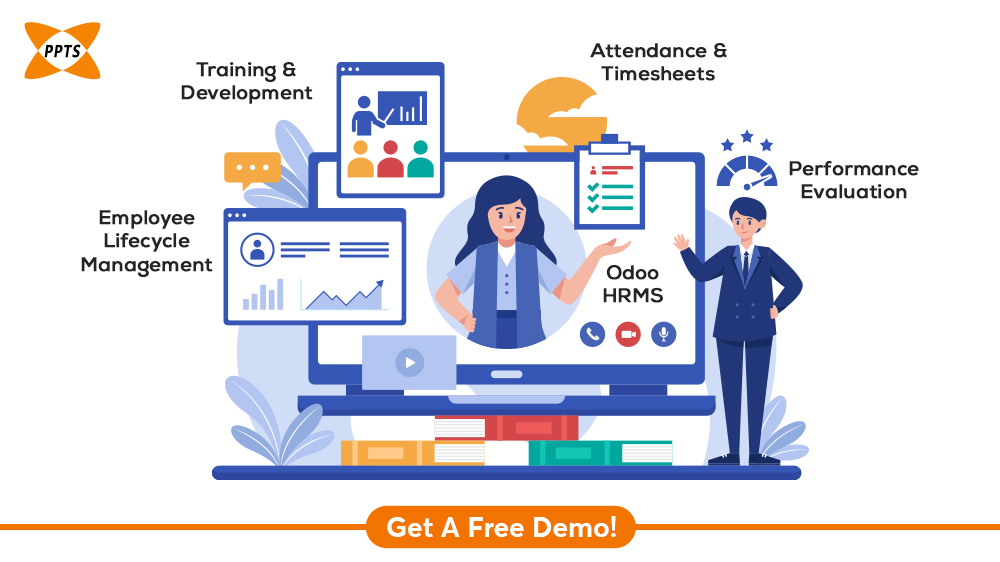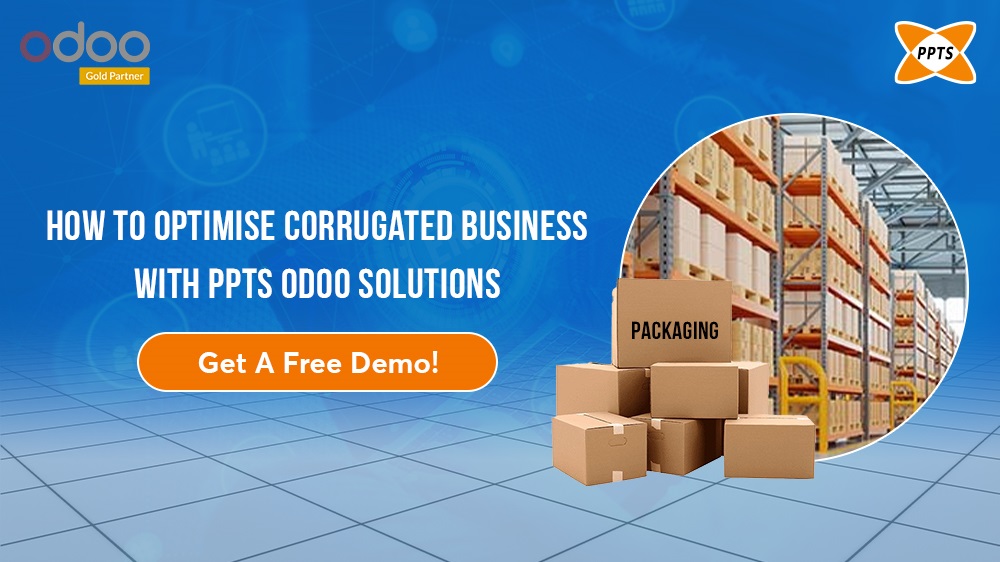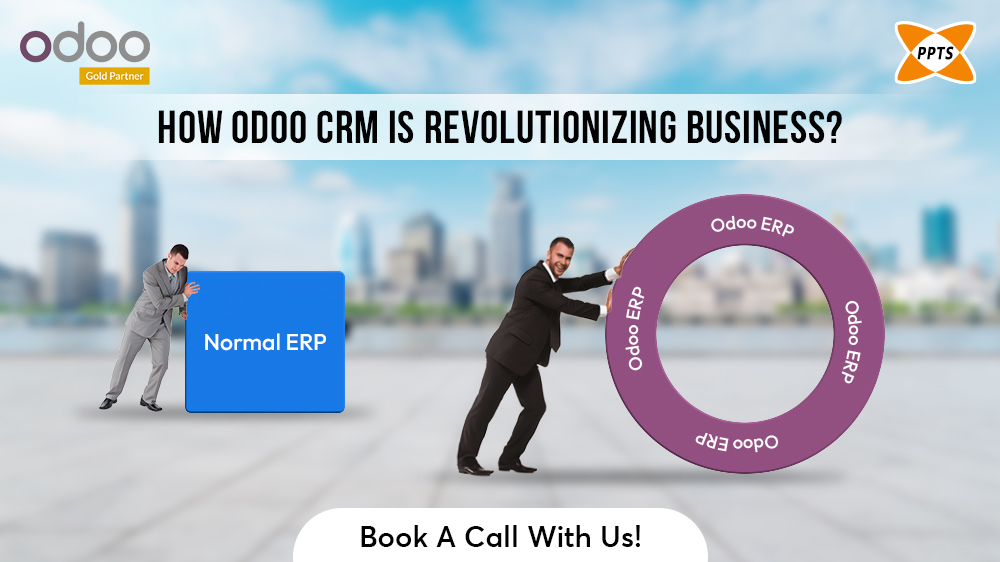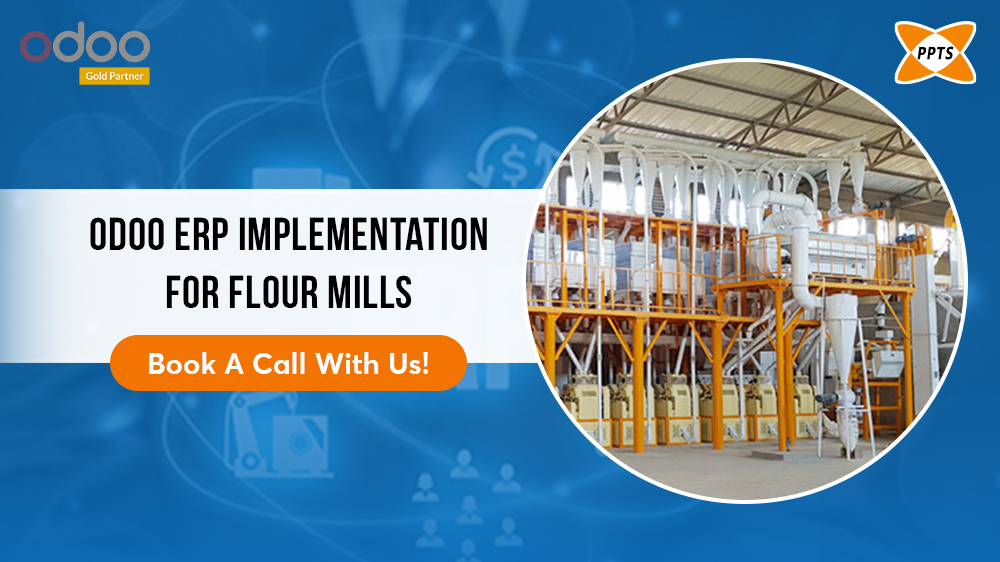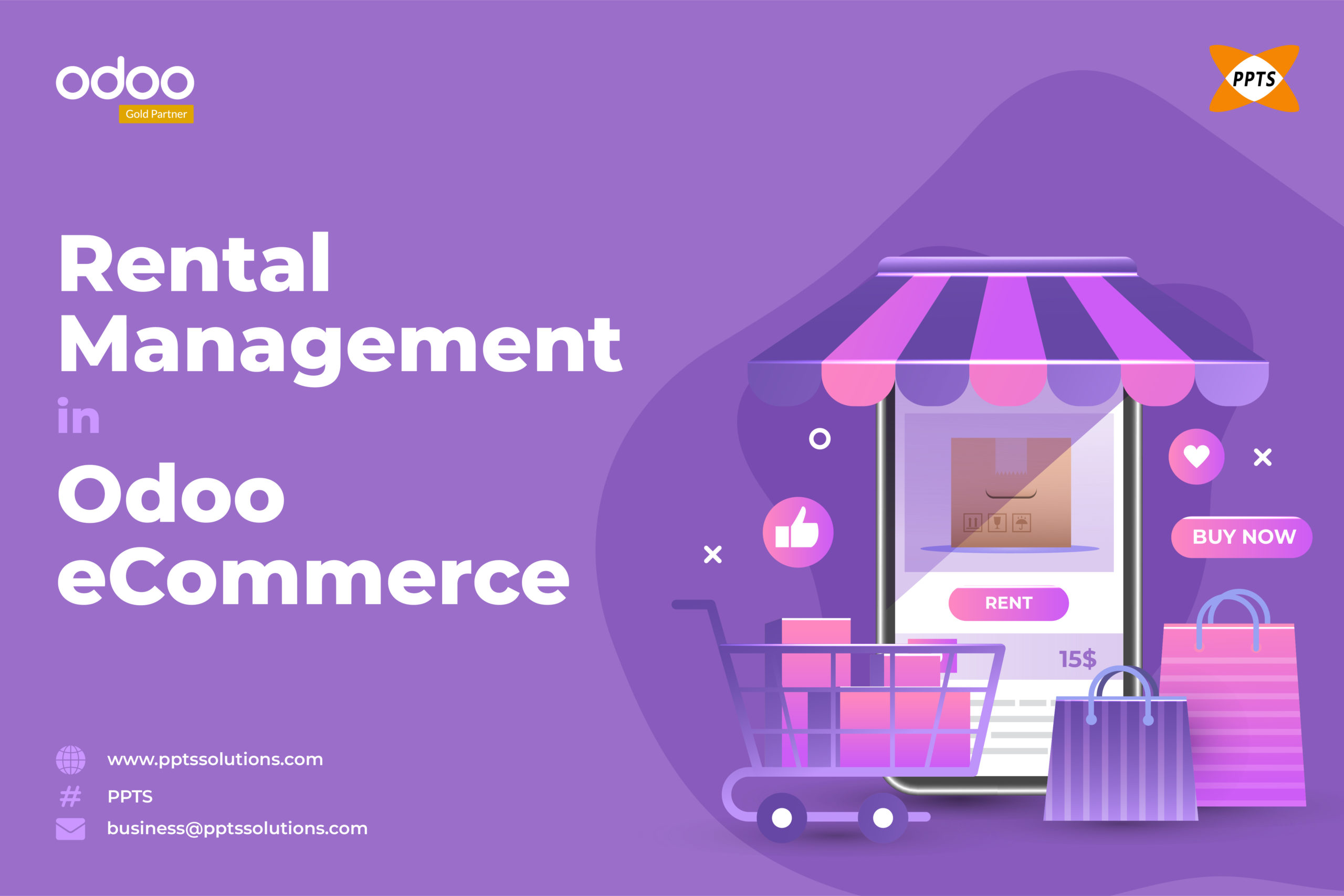Every company tends to go through a period in their business journey where they need to opt for migration, either from old systems or upgrading an already existing system. The need for migration is almost very necessary because no budding business wants to continue working with an older version that might either be outdated shortly which can eventually increase its overall maintenance cost.
So how long, in general, will it take to migrate as a whole?
Don’t miss these factors often!
The time taken for a successful migration is in fact directly related to your database as well as the desired number of modules that you intend to migrate.
Thus, ranging on the number of tasks at hand as well as the amount of data that is required to be transferred during the migration, the process can probably take anywhere between a couple of days upto a week, while the approximate average could range anywhere between 2 to 3 days.
Now that you know how long it takes to migrate, why your business will need to in case growth is on the agenda, let’s dive deeper into the facts of it.
It is completely necessary for the business to fully understand the core reasons behind the migration. This could either be based on its performance or upgrading needs to even the infrastructure that could power the various processes of the growing business.
It is very essential to keep in mind;
The reason behind a thorough and complete analysis is to find out what would be the overall implications of the migration in the future and how can impact the working of the business.
Based on this analysis you can decide whether to introduce new features or not for your business. All this can be leveraged to your advantage in terms of a skill management module, MRP subcontracting, product-specific videos on the Website etc which are actually good features to explore in the newer version.
Do note:
Business Processes which Will be Affected!
Change can certainly be burdensome, but at times, totally worth it. While not all processes will have the very same workflow, there however is a possibility of altering the workflow in the migration process. It’s wise to take note of the changes and to let the workforce know about it in order to save tons of time that are otherwise required to eventually solve tons of business-related issues. In doing so, your entire business runs on synergy and ends up creating value for money.
What’s next?
(Tips on the crucial time for you to upgrade)
Be ready for some downtime while migrating.
Many businesses that solely depend on the system working efficiency and the overall churn time will fear losing tons of customers and money when the process slow or shuts down for a momentary bit. Don’t fret yet! Businesses can still work on their old system which will be in pilot mode, while the system is being prepared in the backyard. Training is also provided as the new systems go live without costing the business much. However, we recommend that businesses be calculating their downtime early and in advance so that it can decrease the possibility of any panic later.
Taking the test?
Testing is a crucial aspect of the migration process.
Without complete and thorough testing, live systems can eventually stop when a bug is initially encountered. To avoid any kind of failure in the live system or to minimize failure risk, the time estimates and the resources should be fully decided to go for user acceptance testing, where the users can test the full system along with the exacts of its functionality in comparison with the previous version.
Odoo migration can be quite tedious and is also a complicated process that can bring up hundreds of errors if not performed under professional and experts’ guidance. That is why we at PPTS recommend our clientele to mainly rely on the latest version of Odoo during the consultation and then follow a rigorous migration process towards it. Here is a break down of the migration process as a service:
Pre-Migration Analysis Phase:
- For the Enterprise version as well as the Odoo Online, you will need to discuss with Odoo Support for migration
- Plan out how much data you will need in the newer version?
- Analyze if you have any module customizations?
- Consider if you have any studio customizations?
Estimation Phase:
- Go ahead and prepare the estimations based on all the pre-analysis
- Check the custom modules to check for their availability in the Odoo apps in newer versions
- Plan what is the expected “Go Live” date
- Discuss Maintenance Window according to the database size
Go Live Phase:
- Go live with the testing server.
- Testing
- Client feedback
- Schedule date and time for Go Live
- Add real-time testing to the production database
- Taking database backup after major import
- Internal QA
- Partner/Customer Review
- Feedback
- Closure
We at PPTS follow the Odoo Migration process stringently, keeping your data completely secure and safe while adhering to all the predefined timeline. Our team of experts have years of experience in the areas of providing Odoo related services who are also certified to handle the migration process.
Visit https://www.pptssolutions.com/odoo-erp-migration for more details on all the possibilities at PPTS and how we can help build your business with Odoo.
For anything related to Odoo Migration,



